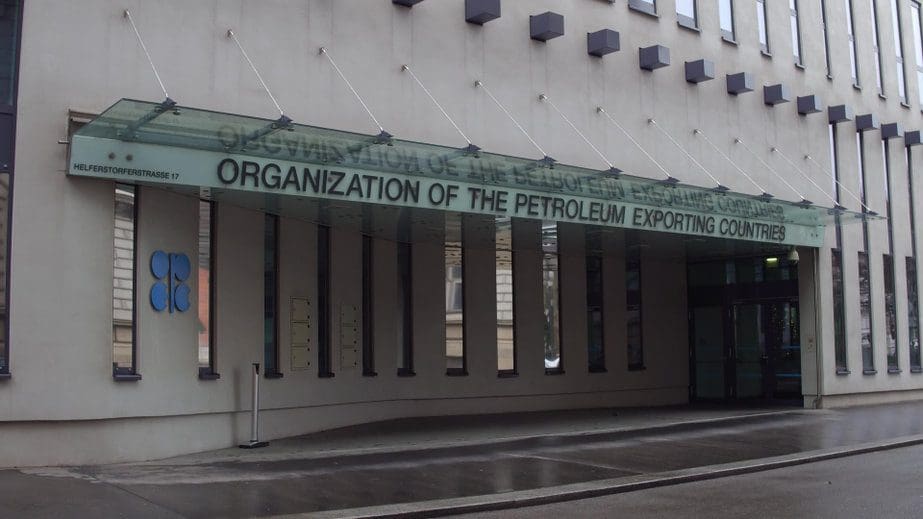The Strategic Petroleum Reserve (SPR) has been a controversial part of the energy debate since the first Arab oil embargo.
During the 1973 Arab-Israeli War, Arab members of the Organization of Petroleum Exporting Countries (OPEC) imposed an embargo against the United States in retaliation for the U.S. decision to re-supply the Israeli military. Shortages of crude oil and petroleum products resulted which created rapidly rising prices and long lines at gasoline pumps.
The embargo highlighted the nation’s dependence on oil imports from unfriendly Arab countries. Political leaders in Washington decided to implement policies designed to conserve petroleum products, such as the 55-miles-per-hour speed limit and fuel economy standards for vehicles.
The federal government also passed legislation creating the SPR.
One of the SPR’s core missions is to hold enough oil stocks to fulfill U.S. obligations under the International Energy Program, the 1974 treaty obligated the U.S. to maintain stocks of crude oil and petroleum products, both public and private, to provide at least 90 days of U.S. net import protection. The U.S. Department of Energy calculates this value by dividing the SPR inventory level by the Energy Information Administration’s (EIA) sum for net crude oil and petroleum product imports.
Crude oil production in the U.S. increased from 6 million barrels per day in 2012 to 11 million barrels per day today. As domestic production rose, the need to import foreign oil declined.
The U.S. became a net exporter in October 2019 meaning the U.S. exported more oil and petroleum products than it imported.
The SPR was designed to hold up to 714 million barrels of crude oil across four storage sites along the Gulf of Mexico, where much of the U.S. petroleum refining capacity is located. It currently holds about 600 million barrels, but several scheduled withdrawals could decline to 318 million barrels, according to EIA.
Crude oil can be released from the SPR under four conditions: emergency drawdowns, test sales, exchange agreements, and nonemergency sales, EIA said. Emergency drawdowns and test sales are relatively rare. The most recent emergency drawdown occurred in 2011 in response to production disruptions in Libya, and the most recent test sale occurred in 2014.
“The SPR has released crude oil under exchange agreements 13 times since 1996, most recently after Hurricane Ida earlier this year. In these exchange agreements, crude oil is released to private companies and repaid in kind by specified dates with additional barrels, similar to monetary interest on a loan,” EIA said.
Most recently, President Biden announced plans to make 50 million barrels of crude oil available to the market through a combination of exchanges and accelerating previously announced sales in hope the increase in supply will lower the price of gasoline.
Alex Mills is the former President of the Texas Alliance of Energy Producers.
Alex Mills is the former President of the Texas Alliance of Energy Producers. The Alliance is the largest state oil and gas associations in the nation with more than 3,000 members in 305 cities and 28 states.





